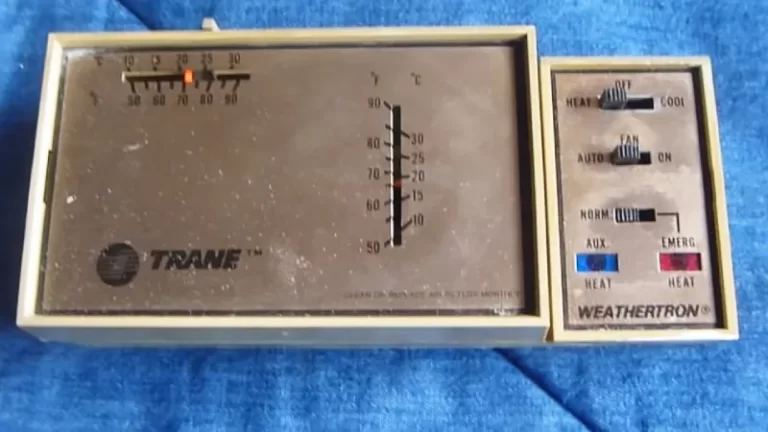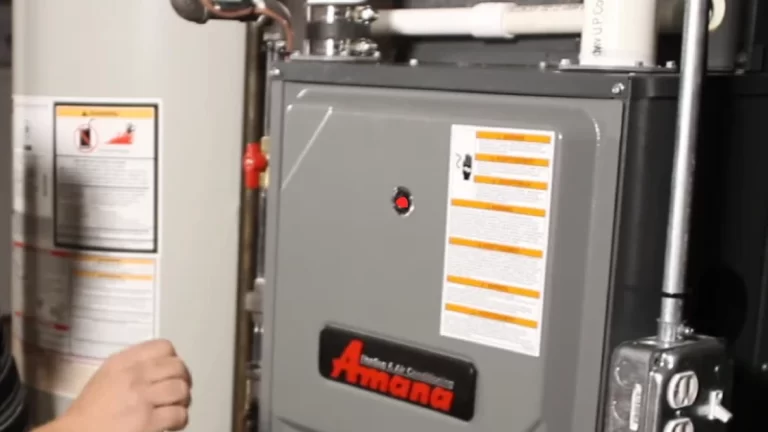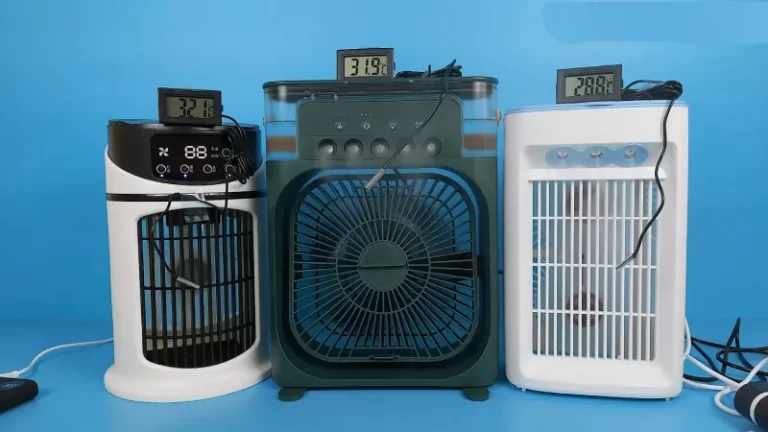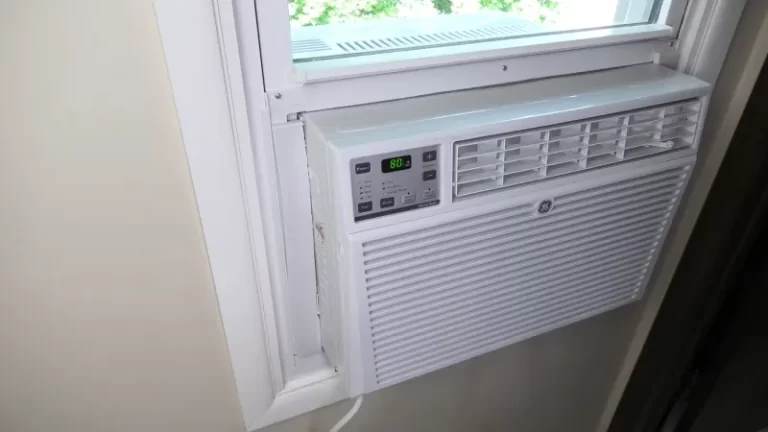Bleeding Your Radiator But No Water Comes Out? Here’s Why
You’ve done your research. You know that a radiator with cold spots at the top needs bleeding to release trapped air. You’ve got your radiator key, your cloths, and you’ve turned the heating off. You open the bleed valve, hear a satisfying hiss of escaping air, but then… silence. No water follows. The radiator is still cold, and you’re left wondering what went wrong.
This frustrating scenario is more common than you might think. While bleeding a radiator is often a straightforward task, the absence of water signals a deeper issue within your central heating system. Understanding the potential causes is the first step toward a warm, comfortable home.
You'll Learn About
Unraveling the Mystery: Top Reasons for No Water When Bleeding
When you bleed a radiator, you expect a small trickle of water to appear once all the trapped air has been released. This indicates that the radiator is now full of water and should heat up properly. If this doesn’t happen, one or more of the following issues are likely the culprit.
1. Critically Low Boiler Pressure
This is the most common reason for no water emerging after bleeding a radiator. Your boiler needs to maintain a certain level of water pressure to circulate hot water effectively throughout your entire heating system, especially to radiators on upper floors. Bleeding radiators naturally causes the system’s pressure to drop because you are releasing air. If the pressure was already low to begin with, releasing that air can drop it below the operational minimum.
Most modern combi and system boilers have a pressure gauge, typically on the front panel. When the heating is off and the system is cold, the pressure should ideally be between 1 and 1.5 bar. If the needle is in the red zone or below 1 bar, there isn’t enough pressure to push water up and out of the radiator bleed valve.
2. A Blocked Bleed Valve
Over time, the inside of your heating system can accumulate sludge, rust, and other debris. This mixture can sometimes form a blockage within the small opening of the bleed valve itself. Even a small amount of hardened debris or a buildup of limescale can prevent water from escaping, even if the radiator is full.
Another possibility is that the valve has been sealed shut with paint from previous decorating work. If you hear air escape but then nothing, it’s worth checking that the valve’s opening isn’t physically obstructed.
3. A Stuck Thermostatic Radiator Valve (TRV)
Thermostatic Radiator Valves (TRVs) control the flow of hot water into your radiator to regulate room temperature. Inside the TRV is a small pin that moves up and down. When the pin is up, water flows; when it’s down, the flow is restricted or stopped. This pin can sometimes get stuck in the ‘down’ or closed position, especially after a long period of inactivity over the summer.
If the TRV pin is stuck shut, no water can enter the radiator. This means that even if the system pressure is fine, there’s simply no water in the radiator to be bled out. This can be a particularly deceptive issue, as you may not realize the water supply to that specific radiator is cut off. If you are having issues with your radiator valve, you might find a solution if the radiator knob won’t turn.
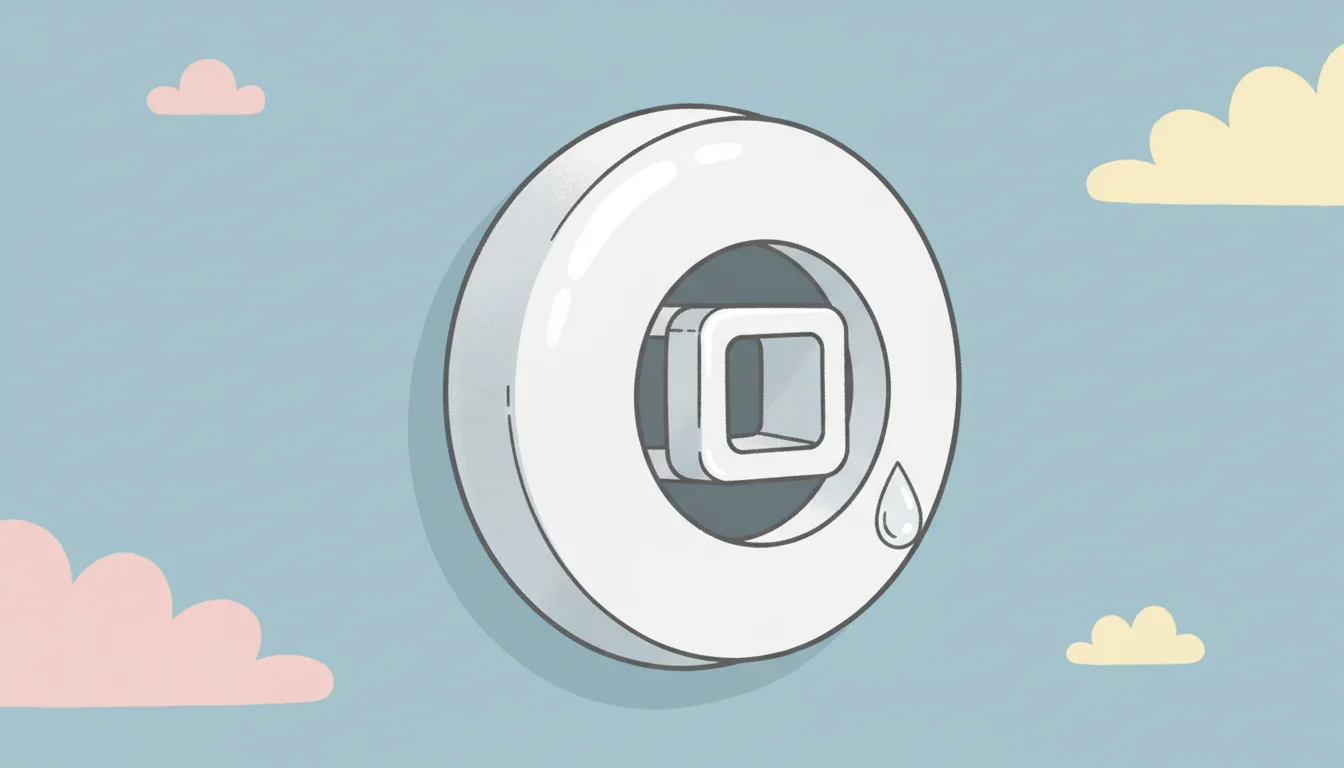
4. An Airlock in the System
While bleeding is meant to remove air, a more significant pocket of trapped air, known as an airlock, can sometimes form in the pipework. This large air bubble can be substantial enough to stop the circulation of water to one or more radiators. If an airlock is present in the pipe leading to the radiator, water can’t get in, and therefore, nothing will come out when you try to bleed it.
This is more common in older, open-vented systems but can happen in any central heating system. It often affects the radiators that are furthest away from the boiler or on the highest floor of the property.
A Step-by-Step Action Plan to Resolve the Issue
Now that you understand the potential causes, it’s time to troubleshoot. Follow these steps methodically to identify and fix the problem. Always remember to turn your central heating off and allow the radiators to cool down completely before starting any work.
Step 1: Check and Repressurize Your Boiler
Your first and most important check should be the pressure gauge on your boiler. If it’s reading below 1 bar, you need to repressurize the system.
To do this, you will need to locate the filling loop, which is a flexible, braided hose with a small valve at each end, usually located underneath your boiler. Ensure the loop is securely attached at both ends. Open both valves slowly—you should hear water flowing into the system. Keep a close eye on the pressure gauge and close the valves once it reaches the recommended level (typically 1.5 bar). Afterward, it’s crucial to detach the filling loop to comply with water regulations.
Step 2: Inspect and Clear the Bleed Valve
If the boiler pressure is correct but still no water appears, the bleed valve itself could be blocked. To check this, you will need to close both the TRV and the lockshield valve on the radiator to isolate it from the rest of the system. The lockshield valve is the one usually covered by a plastic cap.
With the radiator isolated, place a cloth under the bleed valve and carefully unscrew it entirely with your radiator key. Use a thin piece of wire or a pin to gently poke into the opening and clear any visible debris. Once clear, screw the valve back in, reopen the TRV and lockshield valves, and try bleeding the radiator again.
Step 3: Free a Stuck TRV Pin
A stuck TRV pin is a frequent cause of a cold radiator. To fix this, unscrew the plastic cap from the TRV. You will see a small metal pin in the center of the valve body. If it seems depressed, it is likely stuck.
Gently grip the pin with a pair of pliers and wiggle it up and down. It should move freely by a few millimeters. A small spray of lubricating oil, like the kind used for lubricating pop up sprinkler heads, can help to loosen it. Once the pin moves freely, reattach the TRV head and see if water now enters the radiator. A similar issue can occur if you have a stuck radiator knob.
Step 4: Addressing an Airlock
If the previous steps haven’t worked, an airlock is a strong possibility. A common DIY method to clear an airlock involves isolating the problematic radiator. Turn off all other radiators in your home by closing their TRVs and lockshield valves. This forces the full pressure of the system’s pump to push water through the single open radiator, which can often be enough to dislodge the trapped air.
Turn the heating on for a short period (10-15 minutes). You may hear gurgling noises as the airlock clears. Afterward, turn the heating off, let the system cool, and then try bleeding the radiator once more. Remember to reopen the valves on all the other radiators once you are finished.
Understanding Your Radiator’s Components
Familiarizing yourself with the parts of your heating system can make troubleshooting much easier. A clear understanding helps you follow instructions accurately and confidently.
The table below breaks down the key components involved when you’re dealing with a radiator that won’t bleed water, their functions, and what might go wrong with them.
| Component | Function | Common Problem When Bleeding |
|---|---|---|
| Bleed Valve | A small valve at the top of the radiator designed to release trapped air. | Can become blocked with sludge or paint, preventing air or water from escaping. |
| Thermostatic Radiator Valve (TRV) | Controls the flow of hot water into the radiator to regulate room temperature. | The internal pin can become stuck in the closed position, stopping water from entering the radiator. |
| Lockshield Valve | Controls the flow of water out of the radiator and is used to ‘balance’ the system. | It may be closed, which would isolate the radiator and prevent proper circulation. |
| Boiler Pressure Gauge | Indicates the water pressure within the sealed central heating system. | If the pressure is too low (below 1 bar), there is not enough force to push water to the top of radiators. |
| Filling Loop | A temporary connection used to add water from the mains to the heating system to increase pressure. | Not a problem itself, but the key to solving low pressure issues. Must be used correctly. |
Beyond the Basics: Advanced Considerations
Sometimes, the issue of no water when bleeding is a symptom of a larger, more systemic problem. While the steps outlined above solve the majority of cases, there are other, less common possibilities to be aware of.
The Impact of System Sludge
The absence of water could indicate a significant buildup of heating sludge not just in the bleed valve, but within the radiator itself or the connecting pipework. Over the years, the corrosion of metal components inside your heating system creates a thick, black, magnetic sludge. This sludge can settle at the bottom of radiators, causing cold spots, and can even create total blockages.
If a radiator is completely blocked with sludge, water cannot circulate through it at all. In this scenario, even with correct boiler pressure and functioning valves, the radiator remains cold and will not produce water when bled. The ultimate solution for extensive sludge is a professional power flush, where the entire system is cleaned out with specialized equipment and chemicals.
Potential Pump Failure
The circulation pump is the heart of your central heating system, responsible for pushing the hot water from the boiler around the circuit of pipes and radiators. If the pump is failing or has stopped working, circulation will cease. This can mimic the symptoms of low pressure or an airlock.
While pump failure is less common, it’s a possibility, especially in older systems. Signs of a failing pump can include unusual noises from the boiler area or a complete lack of heating throughout the house, even when the boiler appears to be firing up. Diagnosing and replacing a faulty pump is a job for a qualified heating engineer.
When to Call a Professional
While many causes of a radiator not bleeding water can be resolved with some basic DIY, there are times when it’s essential to call in a professional. If you have checked the boiler pressure, confirmed the TRV pin is free, and attempted to clear an airlock without success, it’s time to seek expert help.
A Gas Safe registered engineer has the tools and expertise to diagnose more complex issues like severe blockages, pump failure, or problems with the boiler itself. Attempting advanced repairs without the proper knowledge can lead to further damage to your heating system or even create a safety hazard. Don’t hesitate to invest in a professional opinion for your peace of mind and the long-term health of your heating system.

